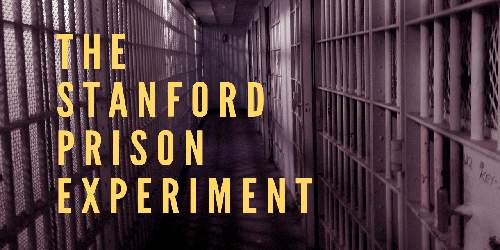In 1971, psychologist Philip Zimbardo and his colleagues set out to create an experiment that saw the effects of being a prisoner or prison guard. Known as the Stanford Prison Test, the study became one of the most well-known in the history of psychology. In the study, the volunteers were recruited as “guards” or “prisoners” by a currency flip, in a joke prison, Zimbardo himself served as superintendent. Several “captives” left the mid-west and the whole test was canceled six days later. More than 70 young people responded to an advertisement for a “psychological study of prison life” and examiners selected 24 applicants who were judged to be physically and mentally healthy. Given things – they – received 15 a day, the rand was randomly divided between guards and captives. Preliminary reports of experimental results claimed that students quickly took on their assigned roles, enforcing some guarding authorities and eventually subjected some detainees to psychological torture, while many detainees inactively admitted to mental torture and actively harassed other detainees at the request of officers. They tried to stop it. The detainees were “arrested” by actual police and handed over to investigators in a mock prison in the basement of a campus building. Prison inmates were then confronted by elites who intended to imitate the prison environment in real life. They were then blindfolded and driven to the psychology department at Stanford University, where Zimbardo set up forbidden doors and windows, empty walls, and small cell cells. Here the process of denudation began. Each prisoner was required to wear a “dress” as a uniform and carry a chain paddle around an ankle, with the intention of creating an “environment of oppression” very quickly. All participants were monitored and videotaped by the laboratory.
The experiment was funded by the U.S. Naval Research Agency as an investigation into the causes of inconvenience between guards and detainees in the U.S. Navy and the U.S. Marine Corps. Parts of it have been filmed and parts of the footage are publicly available. During the trial, some of the guards became cruel and oppressive, while most of the prisoners became frustrated and disoriented. However, Zimbardo completed the test less than a week after an outside observer arrived at the scene and registered the shock. Several tests of the test have been called into question and this test has been criticized for unscientific methods and possible fraud. In order to show that the prison guards were naturally mischievous and authoritarian, Zimbardo actually instructed the “guards” to strengthen their mental control over the “prisoners.” The most obvious challenge to Stanford’s investigation came decades later in the form of the BBC Prison Study, an individually organized experiment documented in a British Broadcasting Corporation series called The Experiment (2002). The BBC’s mock prisoners proved to be more assertive than Zimbardo. British examinees called the Stanford test “a study of what happened after the persecution of powerful authorities (Zimbardo) continued.















